Non-communicable diseases, once considered to be the diseases of the rich and burdened the healthcare systems of the developed world are now rapidly spreading across the globe when 47% of the world population has little or no access to diagnostic facilities according to The Lancet Commission on Diagnostics. Mortality due to NCDs exceeds the combined deaths due to communicable diseases. The rise in NCDs has been fuelled due to more migration to cities, unhealthy lifestyles, and more availability of processed foods.
Narratives around NCDs have focused on mortality, but there is an enormous lived burden that must be addressed on priority by actionable steps. Prevention and management of NCDs are cost-effective ways to address the burden of NCDs. Self-management is an effective means of improving health outcomes in NCDs in LMCs.
To contribute to the growing burden of NCDs, I discuss here our initiative SHINE, an SMS-based nutrition education to enhance the self-management of NCDs launched in 2022 after a successful pilot evaluation of Swasthya Pahal program conducted in 2020 in the state of Uttarakhand, India among Police Personnel for supporting self-management of NCDs. An important outcome of this study was the feedback from the participants to receive weekly/daily messages related to Nutrition and lifestyle self-management.
Swasthya Pahal implemented through a digital health system SMAART Portable Health Information Kiosk has successfully screened 14000+ beneficiaries for high blood sugar, high blood pressure, and obesity across 8 states of India in diverse community settings thereby contributing to the screening, prediction, and the existing disease burden of NCDs.
In this era of rapidly advancing technology, an SMS-based delivery modality has been chosen as it is cost-effective and is accessible even by those who do not have Smartphones. Messages in 6 different languages can be sent to the beneficiaries thereby expanding its reach and imparting education on 8 themes ranging from Diet, lifestyle, medication adherence, home remedies, stress, and physical activity. The messages are sent for a period of 3 months with three follow-ups to evaluate the adherence and effectiveness
The under-use of digital health interventions is due to the lack of local innovations and importing technologies that do not fit well into the local context. SHINE can prove to be a local innovation formulated and designed based on the needs of the local population.
SHINE is a long-term sustainable and scalable intervention for promoting self-management and addressing the burden by not just addressing the mortality but also the prevention and morbidity of the disease by adding not only years to the life but also life to the years. There is a need not just to scope out its reach but also the duration of observing the intervention which has been tailored for different populations.
The next article on SHINE will cover the results of adherence to the program and its effectiveness, challenges in program delivery, and its scope of expansion. Contact Ashish Joshi for more information on SHINE, a digital intervention for Nutrition and lifestyle education.




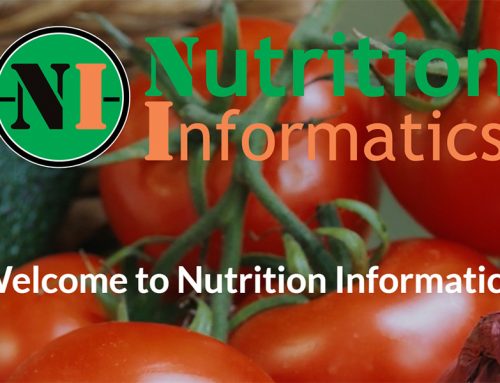

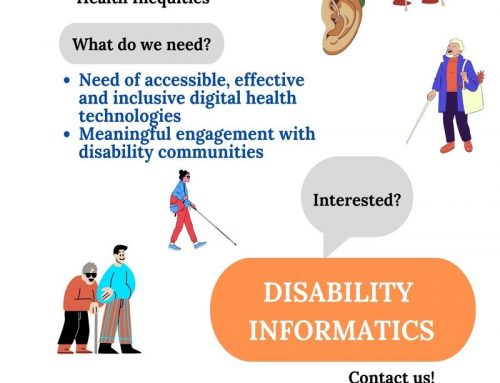
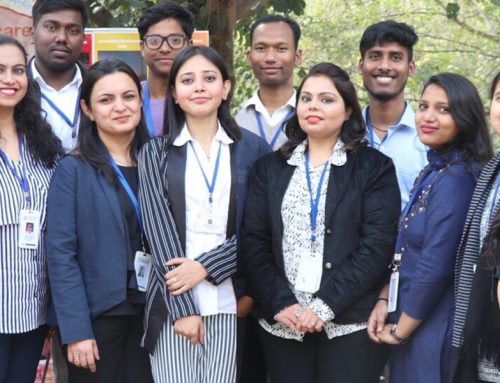

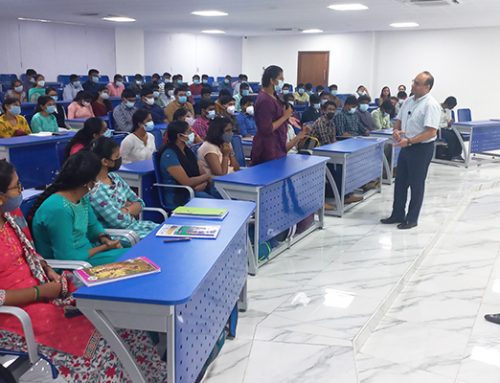
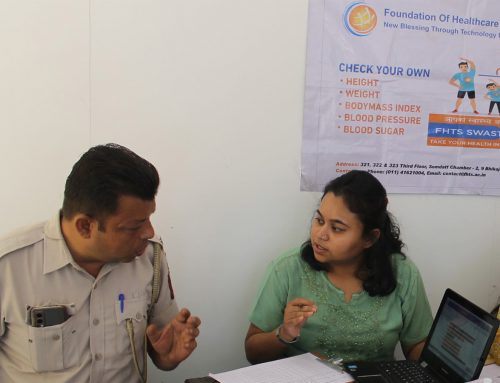
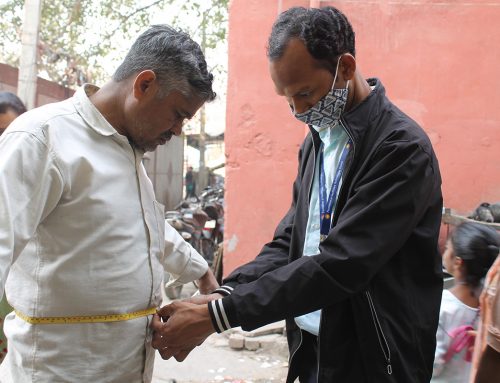
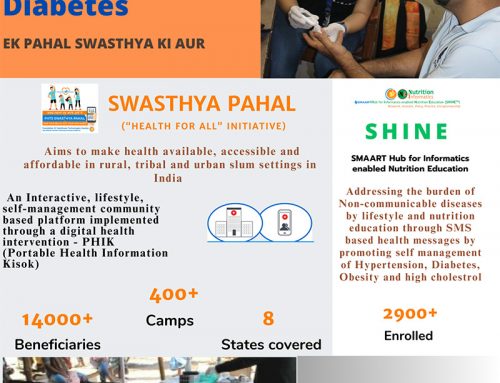
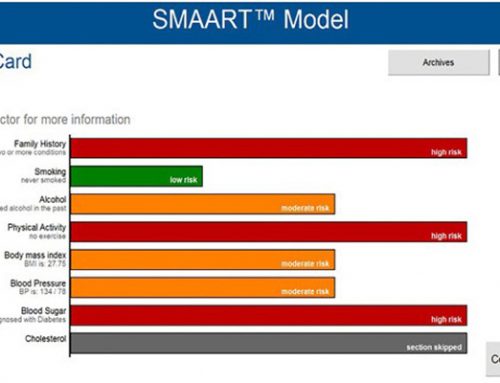

Leave A Comment